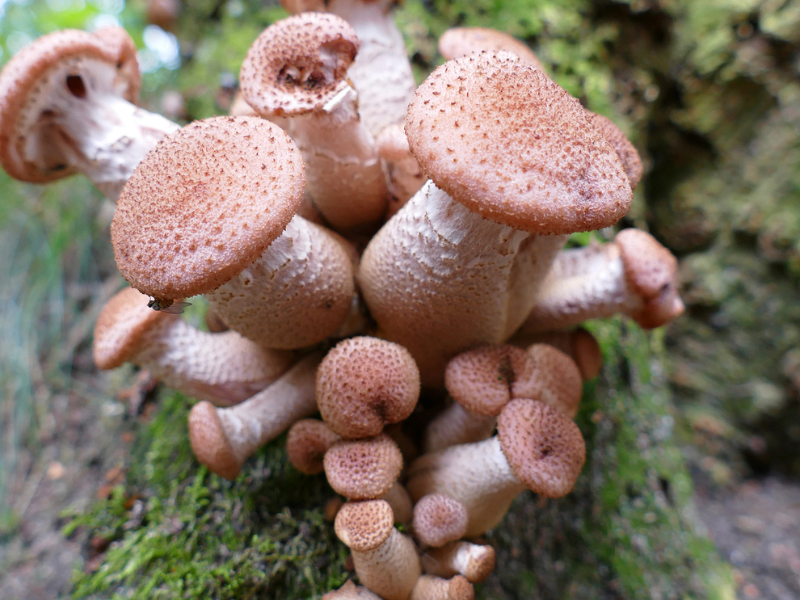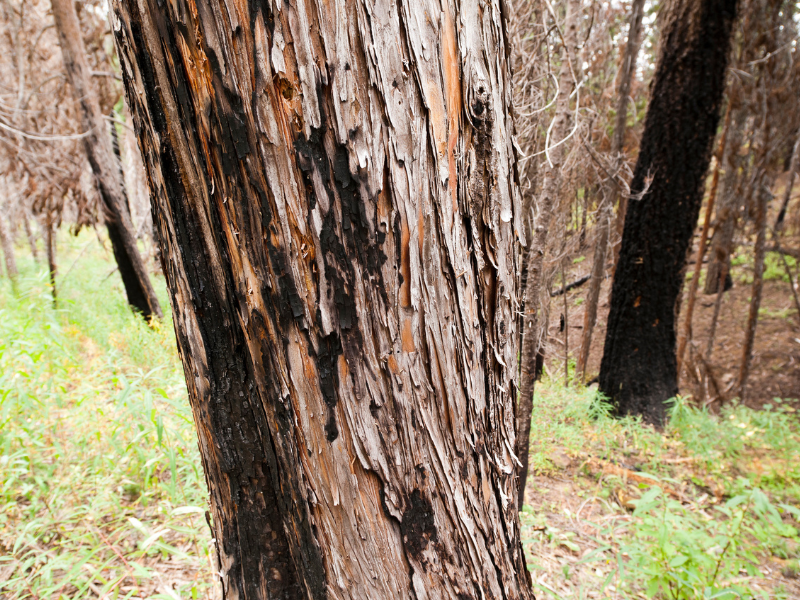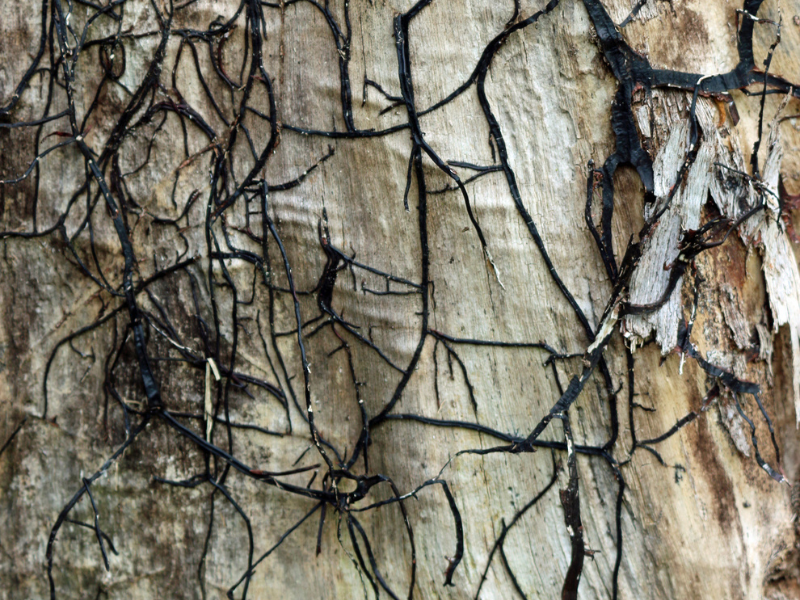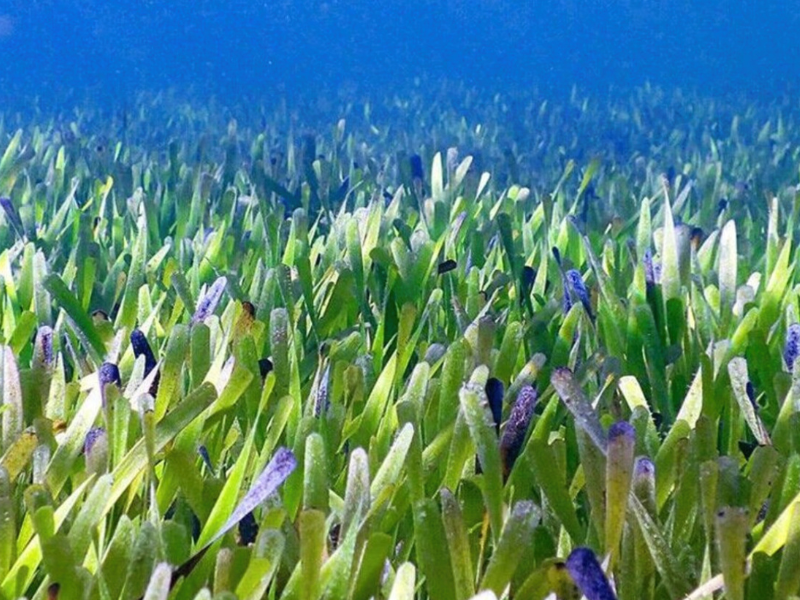The Two Largest Living Organisms on Earth
When it comes to the largest living thing on Earth, we usually think about the blue whale. This majestic marine mammal can reach lengths of up to 33 metres. There’s also the giant sequoia, the colossal coniferous tree. The largest giant sequoia is over 83 metres tall. These are impressive organisms, no doubt, but neither of them measure up to the two gargantuan ones that are breaking all the records. Surprisingly, one is a mushroom and the other is an aquatic plant!
Armillaria solidipes: Humongous Fungus

Who would have thought? That little mushroom on your slice of pizza has a cousin that has grown so big that it is measured in… kilometres! This tremendous mushroom —known as Armillaria solidipes or sometimes Armillaria ostoyae— is the second largest living organism on Earth. It is growing in the US state of Oregon, and it spreads out across 10 square kilometres!
A Single Individual
This gargantuan specimen was discovered by a team of scientists studying a mushroom infestation in the Malheur National Forest (strangely enough, “malheur” is French for misfortune!) The DNA samples recovered from the mushrooms revealed that they were all tied to the same mushroom. So how does this make them all part of one individual? All the samples they collected had an identical genetic makeup. The mushrooms all live and function as one. This means that the Armillaria solidipes is a single individual. The team estimates that this ten-square-kilometre giant is about 2,400 years old and might even be 8,000 years old!
An Enormous Parasite, Hidden Underground

Scientists wanted to map out how far Armillaria solidipes has grown because some North American trees get sick from it. From underground where it hides, this mushroom deploys string-like threads called rhizomorphs that wrap around tree roots and infiltrate themselves under tree bark. They starve and kill trees by absorbing water and nutrients. Even though Armillaria solidipes for the most part stays hidden underground and under tree bark, you can spot signs of it in the form of golden caps that sprout from infected tree trunks in the fall. This golden colour is what gives these little mushrooms their common name: honey mushrooms.

Forestry scientists are looking for ways to stop Armillaria solidipes from spreading and threatening forests and trees. One approach is to plant other types of mushrooms to compete with it, and maybe even eliminate it. Another approach is to remove as many infected trees as possible and replace them with other tree species that are more resistant and can grow in the presence of the giant mushroom’s rhizomorphs.
Posidonia australis: The Aquatic Plant Breaking All the Records!

We called Oregon’s Armillaria solidipes a giant, so we’re not sure what word to use for the seagrass known as Posidonia australis, growing in Australia’s Shark Bay. Posidonia australis officially holds the record for being the largest living organism on Earth: it is spread across 180 whopping square kilometres! That’s the size of Île d’Orléans, the large island in the St. Lawrence River just upstream from Québec City!
A Self-Cloned Hybrid Plant
Scientists believe that Posidonia australis is a hybrid superorganism born from a cross of two aquatic plant species whose genetics are extremely similar. When scientists were studying this invasive seagrass species in 2020, they found that it had 40 chromosomes rather than the usual 20, which meant that it was a cross between two species. These extra genes might be what helped this hybrid species to adapt to its environment so well and take over the place, pushing out other species. Those studying this seagrass think that Posidonia appeared about 4,500 years ago and reproduced by asexually cloning itself. On one hand, this kind of reproduction makes plants more vulnerable to illness. On the other hand, it helps them grow very rapidly.
Want to explore more of Nature’s astounding creatures? Head down to the IMAX®TELUS theatre and come be amused and amazed with Animal Kingdom 3D: A Tale of Six Families!
Sources :
Blue Whale
https://www.fisheries.noaa.gov/species/blue-whale
Sequoiadendron giganteum
https://www.conifers.org/cu/Sequoiadendron.php
Coarse-scale population structure of pathogenic Armillaria species in a mixed-conifer forest in the Blue Mountains of northeast Oregon
https://cdnsciencepub.com/doi/10.1139/x03-065
Oregon Humongous Fungus Sets Record As Largest Single Living Organism On Earth
https://www.opb.org/television/programs/oregon-field-guide/article/oregon-humongous-fungus/
The Largest Living Thing on Earth Is a 3.5-Square-Mile Fungus
https://www.discovery.com/nature/the-largest-living-thing-on-earth-is-a-3-5-square-mile-fungus
Strange but True: The Largest Organism on Earth Is a Fungus
https://www.scientificamerican.com/article/strange-but-true-largest-organism-is-fungus/
Humongous Fungus
https://www.oregonencyclopedia.org/articles/humongous-fungus-armillaria-ostoyae/
Extensive polyploid clonality was a successful strategy for seagrass to expand into a newly submerged environment
https://royalsocietypublishing.org/doi/10.1098/rspb.2022.0538
World’s largest organism found in Australia
https://www.science.org/content/article/world-s-largest-organism-found-australia
Scientists discover ‘biggest plant on Earth’ off Western Australian coast
https://www.theguardian.com/environment/2022/jun/01/what-the-hell-australian-scientists-discover-biggest-plant-on-earth-off-wa-coast
World's largest plant is a vast seagrass meadow in Australia
https://phys.org/news/2022-06-world-largest-vast-seagrass-meadow.html
Largest living organism
https://www.guinnessworldrecords.com/world-records/606952-largest-living-organism
Images : istockphoto.com (sauf indications contraires)
